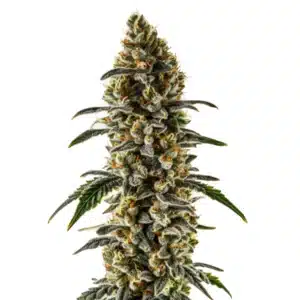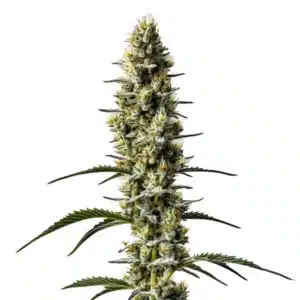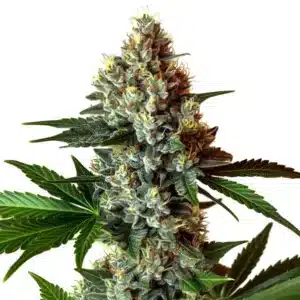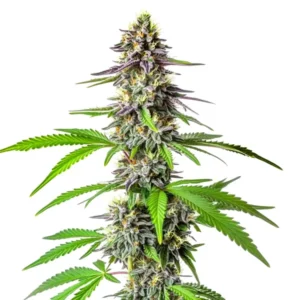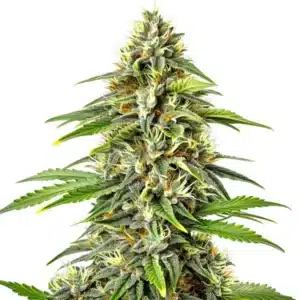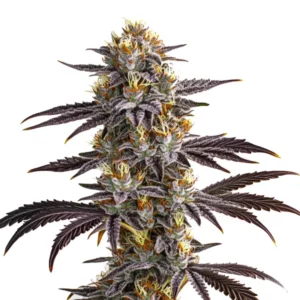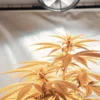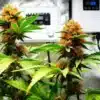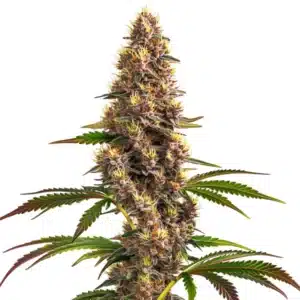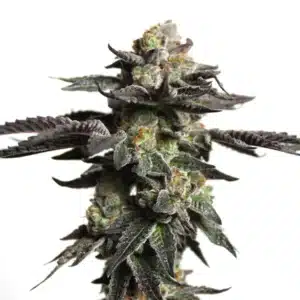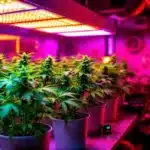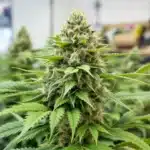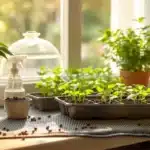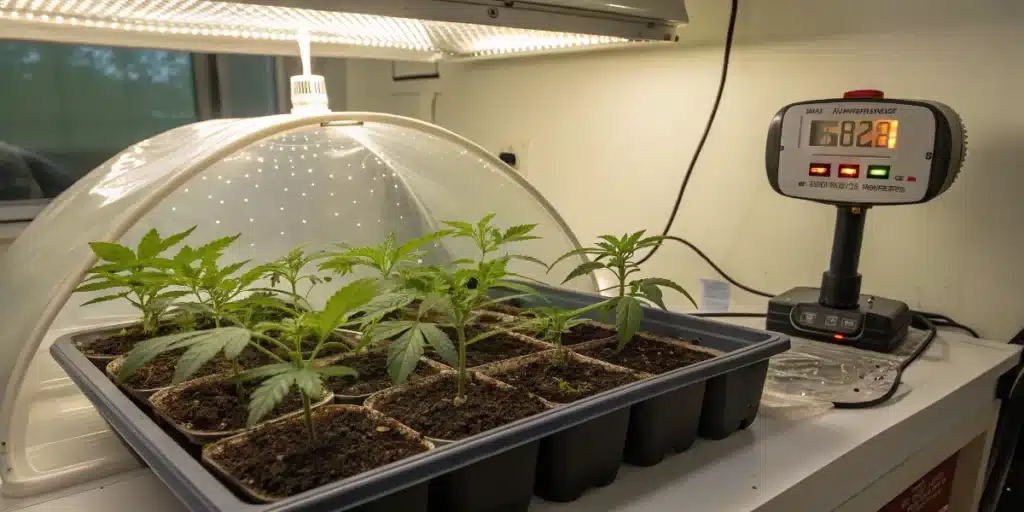
Nurturing Young Plants: Growing Cannabis Seedlings Indoors
Growing Cannabis Seedlings Indoors
Light, Water, and Nutrients
When it comes to growing cannabis seedlings indoors, understanding the basics of light, water, and nutrients is vital. Seedlings require specific light conditions to thrive. Ideally, a grow light should provide around 18 to 24 hours of light daily. The intensity and type of light also play a significant role; LED or fluorescent lights are popular among indoor growers for their efficiency and low heat output.
Tip: If you’re using HPS (High Pressure Sodium) lights, remember they emit a lot more heat you’ll need to triple the distance compared to LEDs to avoid heat stress or leaf burn.
Recommended Strains
Sweet Zombie

THC 20% - 25% (Medium) 
Type Feminized 
Yield High 
Phenotype 80% Indica / 20% Sativa Sweet Zombie Auto

THC 18% - 20% (Medium) 
Type Autoflowering 
Yield Medium 
Phenotype 65% Indica / 35% Sativa
Watering is another critical component during the cannabis seedling stage. Overwatering can cause root rot, while underwatering may stunt development. A good rule of thumb is to keep the soil moist but not soggy. Additionally, it’s important to monitor the pH of your water, aiming for a range between 5.8 and 6.5. Avoid using chlorinated tap water chlorine can harm root development. Whenever possible, opt for filtered or dechlorinated water.
Nutrient-wise, cannabis seedlings require a gentle touch. Start with a light nutrient mix formulated for early growth stages, ensuring it contains the right balance of nitrogen, phosphorus, and potassium. Avoid overfeeding, which can overwhelm young roots and damage early development. During the vegetative phase, your plants will benefit most from higher nitrogen levels. Once you transition into flowering, shift to a formula richer in phosphorus and potassium to support bud formation.
Specialist Advice: During the vegetative phase, increase the nitrogen levels slightly this element is key for lush, healthy growth. When the plant moves into flowering, reduce nitrogen and shift the balance toward phosphorus and potassium, which boost bud development and resin production.
Temperature and Humidity
The temperature and humidity levels in your growing space directly impact your success when growing cannabis seedlings indoors. Aim to keep temperatures between 70°F and 80°F (21–27°C) and humidity at around 65–70% during the early stages.
A stable environment not only supports strong growth but also reduces stress. As the seedlings mature, begin gradually lowering humidity to around 50%, prepping them for the vegetative phase and reducing the risk of pests or mold.
Promos & Deals
Choosing the Right Containers for Seedlings
When growing cannabis seedlings indoors, selecting the right container is essential. Many beginners don’t realize how much containers influence root development, watering, and transplant stress. Ideally, start your seedlings in containers that allow for deep root penetration, since roots need to grow downward just as vigorously as the plant grows upward.
Expert Tip: Go for white, rigid pots. The white exterior reflects light helping control temperature while the hardness and size protect the root system. For added root safety, place a layer of gravel or stones at the bottom of the pot. This prevents roots from poking out the drainage holes and dying upon exposure.
Some of the best options include:
- Small pots with drainage holes – Great for airflow and preventing root rot.
- Jiffy pellets or starter plugs – Maintain high humidity and support easy transplanting.
- Plastic cups with drainage holes – Budget-friendly and effective when properly prepared.
Whenever possible, minimize transplanting. Moving seedlings too often can disturb delicate roots. If your space allows, starting directly in the final flowering container helps plants adapt faster and grow larger.
Drainage and Root Development
Good drainage is a non-negotiable when growing cannabis seedlings indoors. Waterlogged soil blocks oxygen, leads to root rot, and invites mold. Choose containers and substrates that allow water to flow freely while keeping the root zone lightly moist.
Smaller containers help manage water levels better and encourage dense, fibrous roots, rather than long, stringy ones. A robust root system is the foundation for big, healthy plants. Don’t forget to inspect leaf posture too leaves should be green and lifted upwards. Drooping or discolored foliage is often an early sign of stress in the root zone.
Visual Clue: Check your leaves they should be green and pointing upward. Drooping or discoloration often signals root zone issues.
Growth Monitoring
Identifying Issues
Daily monitoring is a must during the seedling stage. If you’re growing cannabis seedlings indoors, keep an eye out for subtle signs of trouble. Check leaves for small bite marks, discoloration, or spotting, especially underneath. Many pests hide on the leaf’s underside, so flip them gently and ensure they’re clean and unblemished.
Using a magnifying glass can help spot early infestations or signs of disease. And remember, a clean environment is your best defense. Sterilize tools regularly and avoid handling plants with dirty hands.
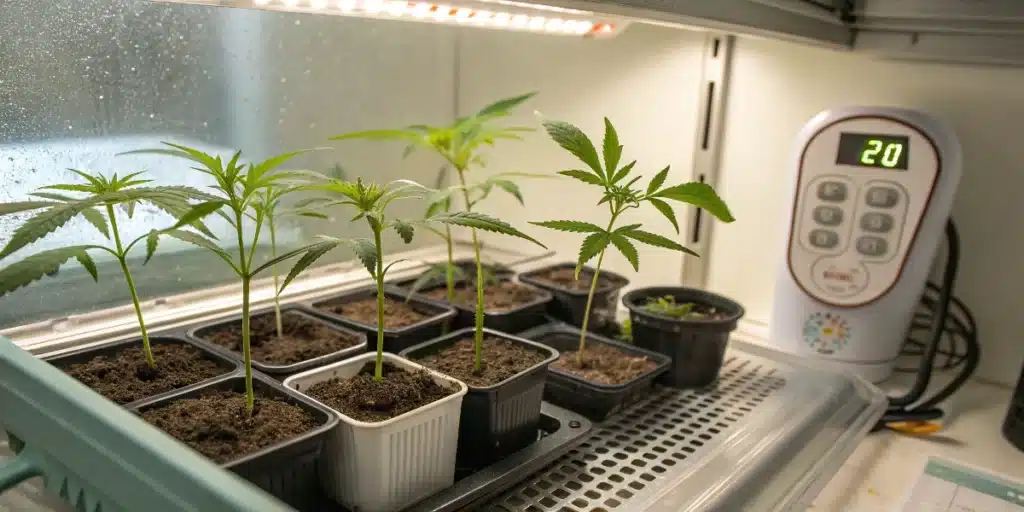
Optimizing Early Growth
Best Practices
To ensure the best possible start for your cannabis seedlings, consider implementing several best practices. First, choose the right growing medium. A light, well-aerated soil or seedling starter mix can help promote healthy root development. Avoid heavy soils that can retain too much moisture, leading to root problems.
Another effective technique is to use beneficial microbes or mycorrhizal fungi in your growing medium. These organisms can enhance nutrient uptake and improve overall plant health, giving your seedlings a stronger foundation as they grow.
Finally, remember to give your seedlings some time to acclimate. Gradually introducing them to stronger light and varying humidity levels as they grow can help them adapt better to their environment. This gradual acclimatization can minimize stress and promote robust growth as your plants transition from the seedling stage to the vegetative phase.
Light Schedule and Intensity for Seedlings
Light control is everything at this stage. Cannabis seedlings need 18–24 hours of light per day to establish strong growth. Too little light leads to leggy, weak stems, while too much can cause leaf burn or stress. Balance is key.
Use a timer to automate the light cycle for consistency. Also, adjust the distance between your light source and your canopy. Here are some general guidelines:
- LEDs: 18–24 inches
- CFLs: 4–6 inches
- T5 tubes: 6–12 inches
Start with a slightly higher light position and lower it gradually over a few days. This gives your seedlings time to adapt without shocking them.
How Long Should Seedlings Stay Under Lights?
Cannabis seedlings thrive under a consistent light schedule of 18 to 24 hours of light per day. This extended photoperiod mimics the long daylight hours of spring and helps the plant establish itself quickly.
If seedlings receive too little light, they may become leggy stretching upward in search of more light, which weakens the stem. On the other hand, too much light intensity early on can stress or burn delicate new growth. Striking a balance is key to getting sturdy, compact seedlings with lush green leaves.
Using a timer to automate the light cycle ensures consistency, which is especially important in the seedling phase when plants are developing their internal rhythm.
Adjusting Light Distance for Safe Growth
The distance between your seedlings and your grow lights is just as important as the duration of exposure. Placing lights too close can cause heat stress, leaf burn, or bleaching, while placing them too far away results in elongated, weak stems.
Here are general guidelines for different types of lights:
- LEDs (Full Spectrum): 18–24 inches from the canopy
- CFLs (Compact Fluorescent Lights): 4–6 inches (they produce low heat)
- T5 Fluorescent Tubes: 6–12 inches above seedlings
Always monitor your plants closely in the first few days under new lighting. If leaves curl up, develop dry edges, or begin to discolor, it may be a sign that your light is too intense or too close. Conversely, if your seedlings begin to stretch too tall or lean toward the light source, you may need to lower the fixture slightly.
A good practice is to start with lights farther away and gradually lower them over a few days, giving your seedlings time to adjust without shock.
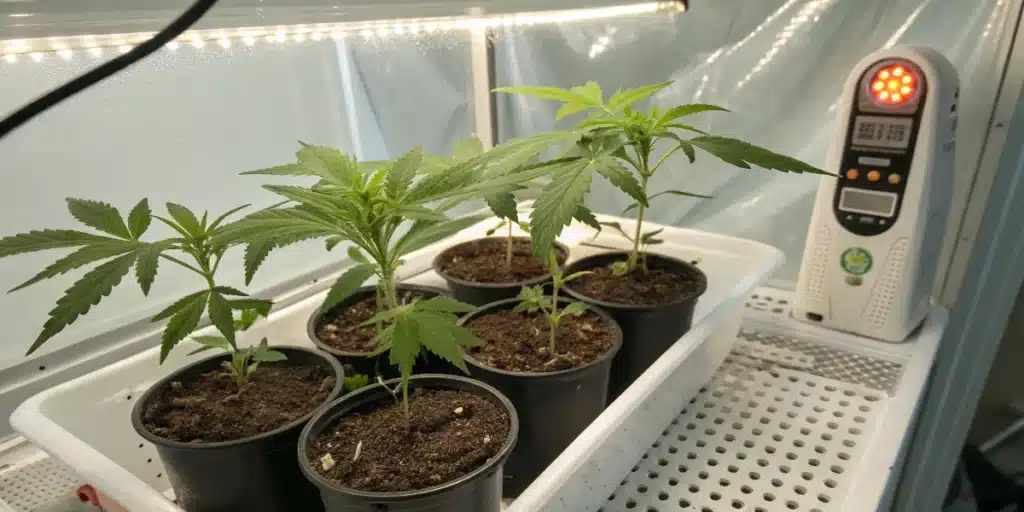
Optimizing Early Growth
Best Practices
To kickstart healthy growth, choose a well-aerated soil or a lightweight seedling mix that allows roots to breathe. Avoid compact or dense soils that retain too much water. Incorporate beneficial microbes or mycorrhizal fungi into your substrate—these enhance nutrient uptake and boost immunity in young plants.
As the plants grow, acclimate them slowly to stronger light and lower humidity. This controlled transition reduces transplant shock and stress, especially when moving into the vegetative phase.
In case of a mistake or pest issue, don’t panic seedlings are more forgiving during this stage. You can still recover by adjusting light, nutrients, or applying stronger organic pest solutions, which are safer now than during flowering.
FAQS
How often should I water my cannabis seedlings indoors?
Watering frequency can vary depending on factors like light intensity and humidity levels. As a general rule, check the top inch of the soil; if it feels dry, it’s time to water. Aim for consistent moisture without over-saturating the soil.
What type of light is best for growing cannabis seedlings indoors?
LED and fluorescent lights are excellent choices for growing cannabis seedlings indoors. They provide the right spectrum of light for growth while being energy-efficient and generating less heat.
How can I prevent pests when growing cannabis seedlings indoors?
Maintaining a clean growing environment, regularly inspecting your plants, and using organic pest control methods can help prevent infestations. Introducing beneficial insects can also assist in keeping harmful pests at bay.


